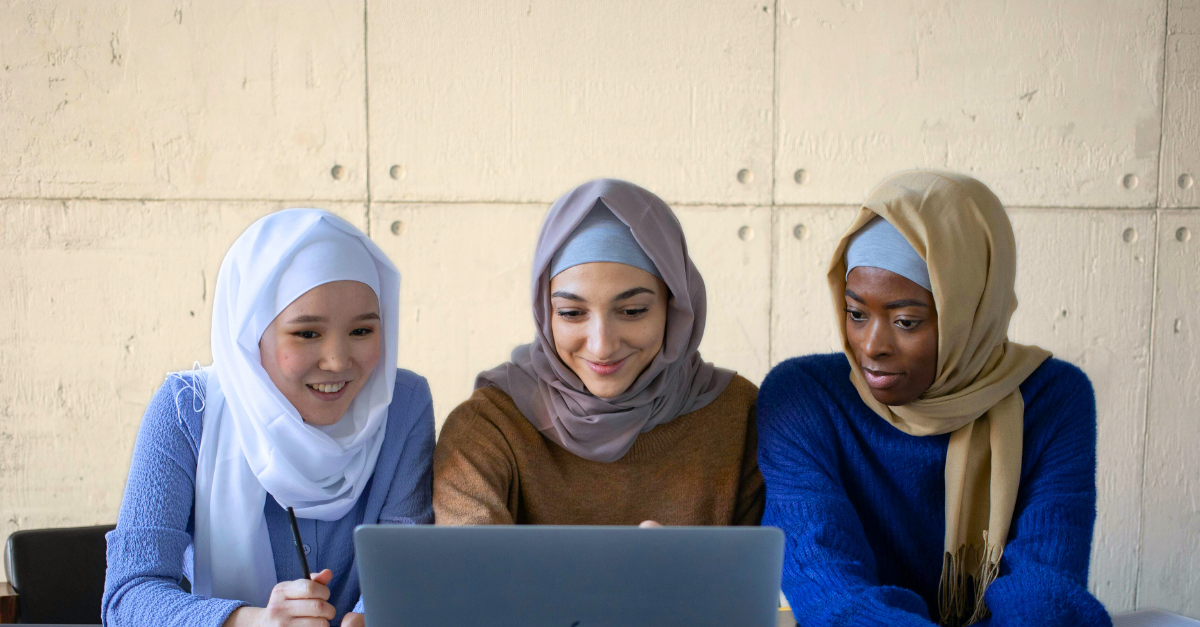Economic PowerINDIA: The Lives Within Four Walls After seven years away, Nidhi returned to her village to find that physical markers of progress masked the struggles of women confined by traditional roles.Life within these four walls feels like a curse. No one understands us; even festival days are the same for us.A cool breeze whipped through my hair. The bus entered the village, and a rusty brown board with a faded name on it caught my attention. “Welcome to Champaran!” It had been seven years since I had been to my village. Concrete houses replaced the old ones; no more old roofs with the shade of the pipal tree. The Indian almond tree stood with its red almond fruit and the memories it carried.The bus dropped me at the small station on the outskirts of the village. I imagined how much my cousins must have grown, how different they might look, the reconstructed homes, and how beautiful they must be. But what excited me most was reuniting with my family.I reached the tall gate, dropped my luggage, and gazed momentarily, unable to believe how much had changed. The house's frontage was like a parking lot with more than five lavish cars. The house bustled with kids running and playing, older people talking, and middle-aged groups playing cards. I dropped my luggage, freshened up, and received a warm welcome from everyone.Then, my eyes searched for someone else. After greeting everyone, I made my way to the backyard, looking for the missing ones. A long lane led to a section where a wooden stove burned as the ladies of the house cooked food for everyone. It shocked me that everything was new; they even had gas stoves available. So why weren’t they using them?The place was filled with smoke, and their lungs were likely, too. But what else could they do, as the male members of the family believed that food cooked on the wood fire had a sweetness they couldn’t replicate on the gas? Clouded with smoke, their eyes appeared teary and red."We have been cooking for four hours; everyone is busy enjoying their deeds, and we’re suffocating in this smoke," one of them said. They prepared food for more than 50 people, and cooking two meals took half their day. Lunch was over by 4 p.m., and the evening was reserved for a nap. They both went to rest; working day and night to feed such a large crowd is never easy, especially in the village.It seemed that everything had changed, but one thing remained the same: the lives of the ladies in their kitchen. It was the same routine: waking up at 4 a.m., cleaning the veranda, preparing breakfast for guests, doing more household chores, and returning to the kitchen for lunch. A half-hour nap would be challenging for them; they would wake to find the kitchen waiting for them yet again to make tea.Sprinkling water on her face to wake herself up, one of the women returned to the kitchen. With her dry, tired hands, she poured milk into the huge cauldron, added sugar and tea, and prepared the evening tea. The head of the household, her mother-in-law, followed suit and ordered her to milk the cow. “It's time for milking; go to the byre,” she said.I decided to join the woman. As she opened up, her words pierced me. Tears welled in her eyes, and her voice began to tremble. “It’s been more than 25 years since we’ve been in the same place, working like laborers day and night,” she said. “Our mornings start in the kitchen preparing tea, followed by lunch, cleaning dishes, milking cows, and caring for animals. After an hour of milking more than 15 cows, we return to the kitchen. Sometimes, we long to leave it all behind and go back home, where at least we are treated like humans. The guests’ domestics receive more care than ours do.Sometimes we feel like leaving everything behind and running away,” she continued. “Sometimes we contemplate skipping dinner to continue with our chores. Often, we don’t have time to bathe, and on top of that, we must tend to the guests and keep these large new bungalows they’ve built for us clean and tidy. Life within these four walls feels like a curse. No one understands us; even festival days are the same for us. Life has become miserable behind these four walls of the kitchen. We have been here for years, yet this is how we live, keeping our mouths shut beneath these forced smiles.”These words still ring in my ears; these women's lives have indeed become miserable, with no one to understand or listen to them. Many times, they cry in the byre.No festival to be enjoyed,No moments to rejoice…Not a single day in life.To sit and smile,Just work and grudge,Not a big deal for one who never does...Less like life,More like a curse...From morning ‘Til night, playingWith emotions boilingIn the cauldron...Less like life,More like a curse...Our world dwellsWithin these four walls...Indeed, villages have changed, but the lives of housewives who live there have not. This may be the untold tale of many women. I hope their conditions change as quickly as the concrete roads and houses have. May the souls dwelling in these homes be noticed and cared for just as they care for others. And they may find a better world within those four walls.STORY AWARDSThis story was published as part of World Pulse's Story Awards program. We believe every woman has a story to share, and that the world will be a better place when women are heard.

Nidhi Odedra India




